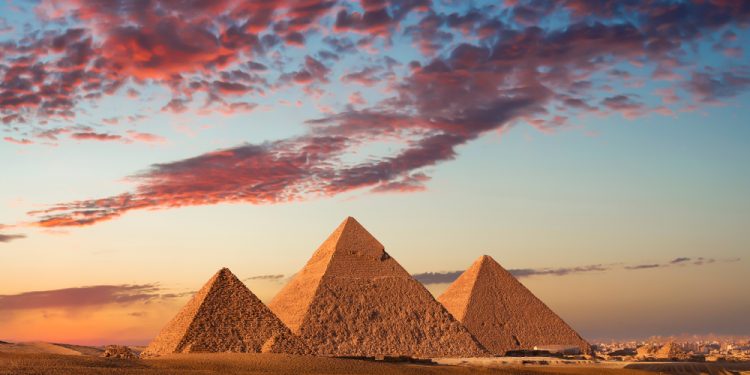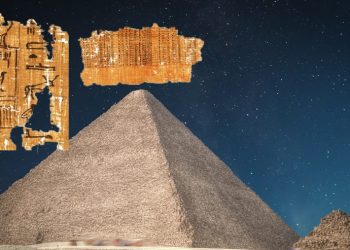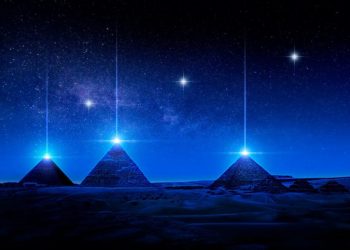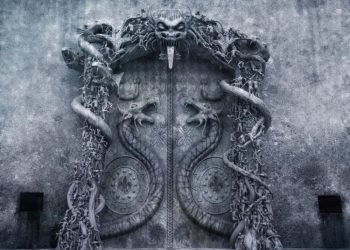The Giza pyramids continue to intrigue historians, engineers, and astronomers alike. A recent study delves into a previously underexplored aspect of these monumental structures: their potential role as astronomical tools. Researchers Vladan Panković, Milan Mrdjen, and Miodrag Krmar analyzed the alignments of the pyramids with celestial events, particularly focusing on their relationship with the Taurus constellation and key solar dates in the Egyptian calendar. Their findings reveal a profound connection between the pyramids’ geometry and the movements of the sun and stars, suggesting that these ancient structures may have served as a sophisticated blend of engineering and astronomy.
Alignments with October’s Sunrise
The researchers utilized advanced tools like Sollumis and SunCalc to analyze the orientations of the three main pyramids of Giza: Khufu (Cheops), Khafre (Chephren), and Menkaure (Mikerinus). One of the most striking discoveries was that the edge connecting the apex to the northwest vertex of each pyramid aligns closely with the sunrise on October 28.
For the Khafre pyramid, this alignment achieves even greater precision around October 23 or 24, suggesting a deliberate design that tied these monumental structures to specific solar events. These alignments would have been visible to observers on the Giza Plateau, reinforcing the pyramids’ role not just as tombs but as markers of time and season. October’s sunrise alignment might have been tied to significant moments in the agricultural and religious calendar, symbolizing transitions in the yearly cycle.
The researchers also noted that such alignments require precise measurements and an understanding of solar dynamics. The ability to integrate this level of astronomical knowledge into the design and construction of the pyramids reflects the sophistication of ancient Egyptian engineering.
The Taurus Constellation and Sacred Symbolism
The study’s analysis didn’t stop at solar alignments. It also uncovered a potential relationship between the pyramids and the Taurus constellation. On the evening of October 28, as the sun set, Taurus would rise on the eastern horizon above the Giza Plateau. In ancient Egyptian mythology, Taurus was associated with the sacred bull, a symbol of strength, fertility, and divinity, often tied to the sun god Ra.
The simultaneous occurrence of Taurus’ appearance and the pyramid’s solar alignment suggests that the builders intended to link these structures with celestial phenomena that held deep cultural and religious significance. The researchers propose that the pyramids may have served as observatories, enabling the Egyptians to track Taurus’ position in the night sky. This dual connection to the sun and stars underscores the pyramids’ role in harmonizing earthly life with the cosmos.
A Deeper Look at the Purpose of the Pyramids
This study adds a new dimension to our understanding of the Giza pyramids. While traditionally viewed as monumental tombs, the research highlights their potential function as tools for observing and aligning with celestial events. The precise orientation of the pyramids, their connection to key solar dates, and their alignment with Taurus suggest a deliberate effort to integrate architecture, astronomy, and mythology.
These findings invite us to reconsider the pyramids not just as feats of engineering but as active participants in ancient Egyptian life. They served as a bridge between the physical world and the heavens, reinforcing the pharaoh’s divine connection and their civilization’s deep respect for the cosmos.
This study highlights that the Giza pyramids were not just immovable monuments but dynamic tools that tracked time and space, reflecting the ancient Egyptians’ deep understanding of their relationship with the cosmos.











